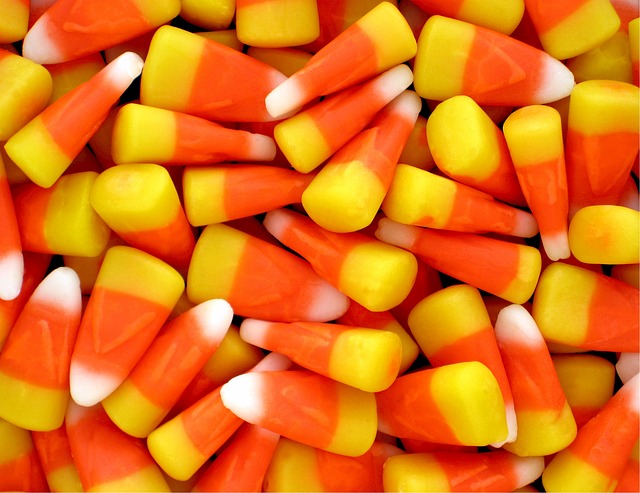America consumes massive quantities of candy come Halloween, as the long-held tradition of trick-or-treating sees children – and brave adults – taking home small mountains of sweets. Chocolate is by far the favorite, but also high on the list are gummy candy, lollipops and other hard candy.
In a poll by Influenster, over 40,000 people were asked what their favorite Halloween candy was. The candy with the highest total number of votes was Reese’s Peanut Butter Cup, garnering top spots in every single state in the US. But the candy of choice in the most number of states is, unsurprisingly, candy corn. This all-time Halloween favorite was number one in Oregon, South Carolina, Tennessee, Texas and Wyoming.
Candy corn has been around for over a hundred years, says the National Confectioner’s Association.
It’s a polarizing topic across the country – some love it with fervor, while others hate it just as passionately. In any case, many homes continue to hand it out to trick-or-treaters.
But what’s in candy corn? WBAY came up with a breakdown of the ingredients: Sugar, Corn Syrup, Confectioner’s Glaze, Salt, Dextrose, Gelatin, Sesame Oil, Artificial Flavor, Honey, Yellow 6, Yellow 5, Red 3. Nutritional information indicates that each piece of candy corn contains 7.5 calories and 1.9 grams of carbs.
Perhaps the most controversial on the list of ingredients are corn syrup, Yellow 6, Yellow 5 and Red 3. Corn syrup, which is essentially liquid sugar, has no nutritional value whatsoever. Yellow 6, a food dye, was once linked to cancer risks, but the FDA concluded that it was safe enough to use. Yellow 5, also a dye, “causes allergy-like hypersensitivity reactions, primarily in aspirin-sensitive persons, and triggers hyperactivity in some children. It may be contaminated with such cancer-causing substances as benzidine and 4-aminobiphenyl (or chemicals that the body converts to those substances),” according to the Center for Science in the Public Interest (CSPI).
Red 3, on the other hand, was recommended for a ban by the FDA because it was found to “convincingly” cause thyroid tumors in rats. The Reagan administration did not allow the ban, and Red 3 is still used in a handful of food products.
In an article by Huffington Post, candy corn is considered unhealthy, with more potential to give kids tooth decay than chocolates. Jonathan Shenkin, a pediatric dentist with the American Dental Association, says candy corn is “all sugar,” and stays in the mouth longer. “It’s like putting a cavity-inducing injection into your teeth,” he says.
The safest kinds of candy for kids are actually chocolate-based ones, as they melt in the mouth right away, meaning they don’t linger enough to destroy teeth.
At the end of it all, candy corn remains wildly popular, even appearing as Reindeer Corn, Cupid Corn and Bunny Corn on non-Halloween occasions. And based on its tenacity to survive throughout history, candy corn will be around well into the next decade.
























